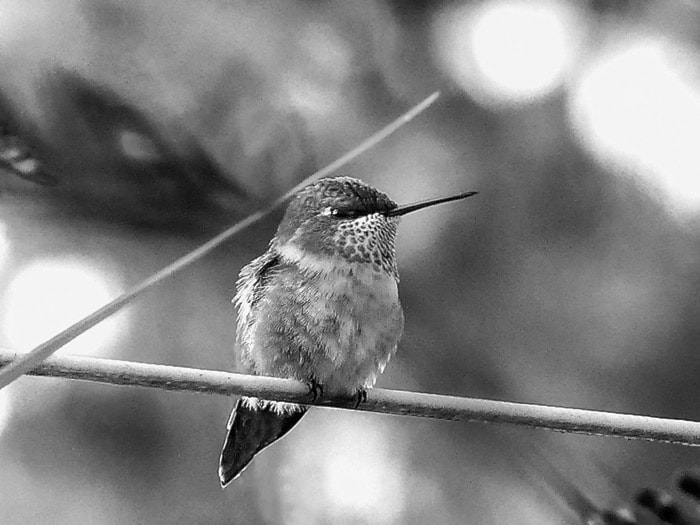Along with the ripening fruits and vegetables at harvest time come some pests, one of which is the vinegar fly. Attracted to over-ripe and fermenting produce, they can be a real nuisance in the kitchen.
Commonly called "fruit flies" by many, vinegar flies are, in fact, smaller and a different species from the "true fruit fly".
Entomologists have classified them as Drosophila and there are more than 1,500 species worldwide within this genus. ("True fruit flies" are in the family Tephriditae.)
While small enough to squeeze through mesh screens, vinegar flies usually hitch a ride indoors on the produce. They seem to delight in hanging around the fruit bowl but will also eat and breed in potatoes, onions and in the flesh exposed by cracks in the skin of overripe tomatoes.
The young larvae feed on yeast so the adult flies will breed in any soured and decaying substance. The list includes fermenting, liquefying produce in compost buckets and garbage cans, remnants of liquid in the bottom of beer cans, wet mops and the build-up of gelatinous scum that often lines our drain pipes.
Sounds disgusting, doesn’t it? However, there is some good news. While in theory vinegar flies can transmit disease because they alight on both contaminated and clean surfaces, scientists have not found any evidence to support this. It seems that this tiny fly is simply a nuisance.
But what a nuisance! At room temperature, larval development is accomplished in under a week, usually around four days.
Newly emerged larvae feed on the liquid before crawling out to pupate in a drier part of the food source. A further four days, or less, and a new generation of adult flies are born.
These guys become sexually active in about two days and will mate more than once in their lifelong objective in laying about 500 eggs. The whole cycle from adult to adult can be completed in eight to 10 days.
So how to deal with this population explosion in the kitchen? They say cleanliness is next to flylessness. Implementing good sanitary practices is essential to vinegar fly control. Process ripe produce as quickly as possible.
Check stored vegetables such as potatoes, onions and winter squashes frequently for any spoilage. Rinse beer cans out. Clean drain pipes regularly with baking soda and vinegar to get rid of the scum. Keep a lid on the compost bucket under your sink. Keep fruit in the fridge.
If you like to have a display of harvested bounty on the kitchen table, watch that the items in the bottom of the bowl are not getting soft and liquefying.
Placing a dish of apple cider vinegar beside bowls of fruit, or in my case, tomatoes, attracts the flies and drowns them. A quarter to a third of a cup of vinegar is sufficient. Adding a few drops of dish soap will coat their wings to ensure no escapees.
But, if all else fails, the vacuum cleaner scoops them up admirably.
Not to sound more depressing, I should mention one other, recently introduced, member of this fly genus, Drosophila suzukii or spotted wing Drosophila.
Originally native to China and Japan, this species has been making its way around the world in shipments of produce. First identifications in North America were made in 2008 in California. Since then, it has spread across the United States and into Canada. Specifically in B.C., spotted wing Drosophila has become a pest problem in the Fraser Valley and the Interior regions. The berry- and grape-growers are being especially affected.
Scientists are now trying to identify prey species to help with control. Apparently hummingbirds are proving to be dedicated predators in this respect.
Leslie Cox co-owns Growing Concern Cottage Garden in Black Creek. Her website is at www.duchessofdirt.ca and her column appears every second Thursday in the Record.
